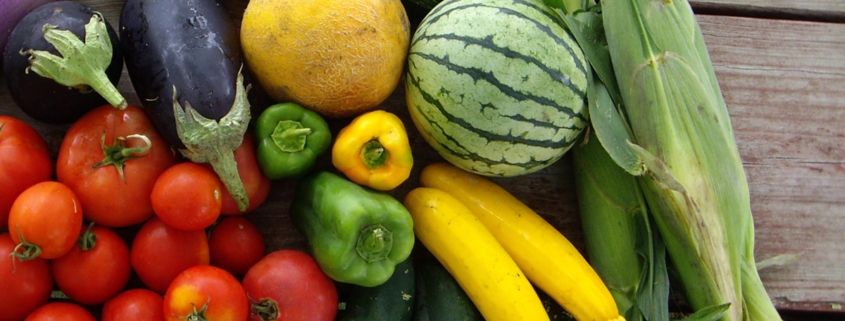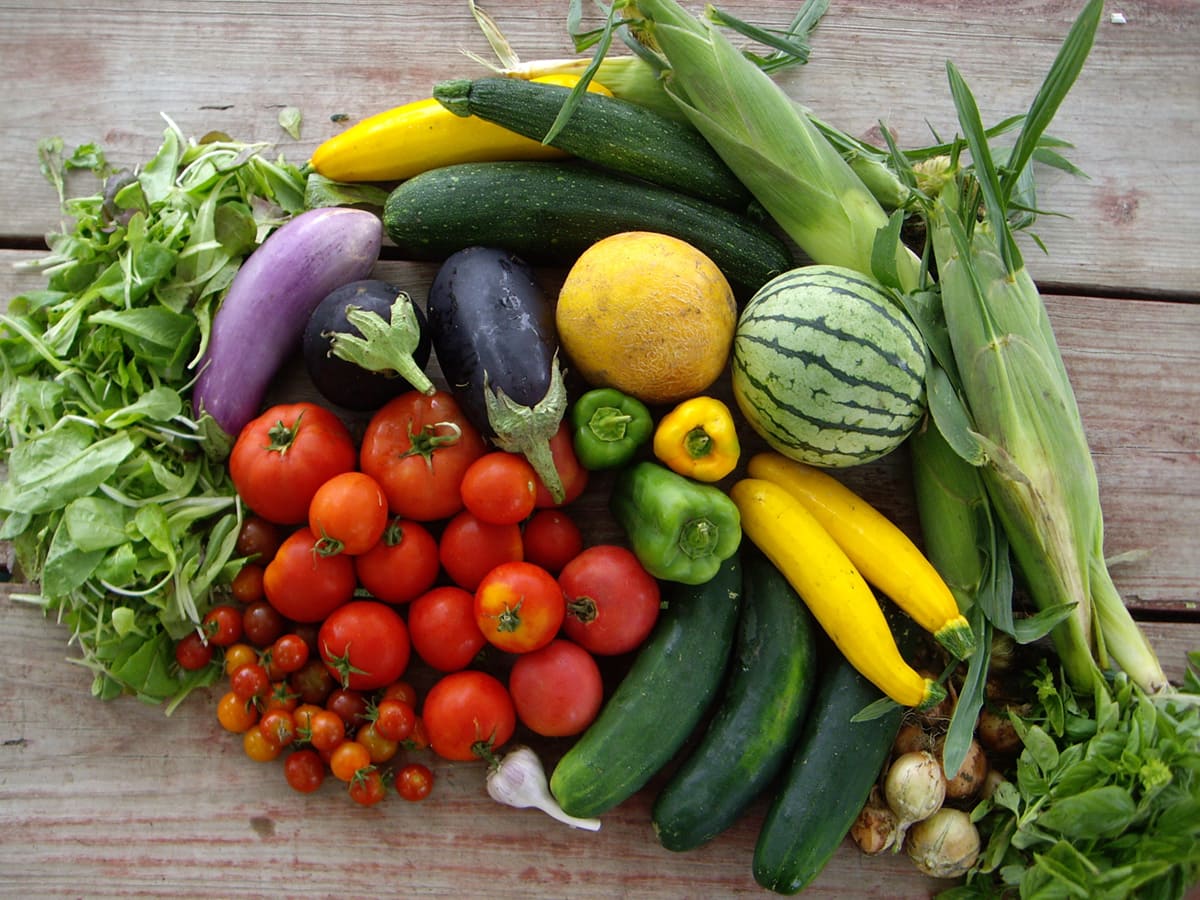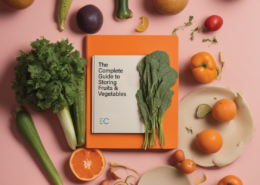Now is a Good Time to Join a CSA for Your Health and Wealth
Being a savvy consumer means a lot of things. It can refer to a person who knows how to get the lowest price on whatever he or she is buying. It can also mean finding the best value—the highest quality product for the most reasonable price. Or, it can refer to someone who supports a local CSA program.
Just exactly what is a CSA?
If you’re unfamiliar with what a CSA is, it stands for Community Supported Agriculture. The function of a CSA is exactly as its name implies. It’s a farm near you, in which individuals purchase a “crop share” of that farm’s future harvest. Then, throughout the growing season, that farm’s members either come to the farm weekly to pick up their already-paid-for shares of just-harvested vegetables, or they pick up their shares at a pre-determined location. Shareholders pay the farmer in advance for their share, which allows the farm with funds to grow fresh vegetables (some farms include fruit) for them in the upcoming growing season.
The dues that CSA members go directly to pay for seeds, fertilizer, water, equipment, and labor. Then, the harvest is divided between shareholders. The costs to produce can vary widely from one CSA to another, depending on regional location and other factors.
CSAs are popping up all over the country. Through a CSA, residents purchase small shares in a local farm and then receive proportional amounts of the farm’s produce once it is harvested. In some areas, CSAs have become so popular that there are waiting lists to join.
The locally grown organic food movement has been gaining momentum in the U.S. The soaring, high cost of fresh food is challenging all of us to find new ways to manage costs without sacrificing healthy eating.
Go local
Food that has not been genetically altered, harvested prematurely, or infused with chemicals to be able to withstand a 1,000 mile or longer journey from the farm to your table is not only healthier for our families, but it tastes better. Members of CSAs tend to eat seasonally. And they eat very fresh produce, which has been proven to be much more nutritious.
Cost versus benefit
Theoretically, it is cheaper to grow your own fruits and vegetables than to buy them at the grocery store. For example, one expert estimates that it costs about $3 for a tomato transplant that will produce up to 25 pounds of the summertime fruit favorite.
It doesn’t get more local than growing produce in your backyard, but not everyone has the space, skills, expertise, or resources to start a farm outback. And check the calendar. We are well into the 2022 growing season. Home gardening is not the only option for someone who wants to reap the benefits of eating locally produced food. Participating in a CSA can be a great solution.
By joining a CSA, you may not get a better price dollar for dollar, but it will undoubtedly prompt you to cook more often. Members tend to eat at home more because they are getting boxes of delicious, fresh produce every week.
Local community
Another benefit of the CSA program is that by supporting local agriculture we are supporting our own communities. During a time of economic hardship, keeping our precious resources in our local communities can make a huge positive impact. It is so gratifying if not super fun to visit your farm, to meet the people who are keeping that farm productive.
My CSA
I’m pretty excited to tell you that Harold and I are shareholders in Kilt Farm’s coming harvest (we have a special affinity with this farm as my husband is of Scottish descent; maybe he needs a kilt?). What a beautiful agricultural farm it is, operated by such lovely people. We will be picking up our first share of the early spring harvest in only a few more weeks, and I couldn’t be more excited.
Kilt Farm, located in Niwot, Colo. is still accepting memberships. If you consider yourself local and wish to join, use this code: harvie.mx/ro6m and we’ll each get $25 once you complete your first order.
Find a CSA in your area
The federal government recently reported that there are 12,617 farms participating in CSAs in the U.S. The Local Harvest organization has undertaken the massive project of maintaining a database of community-supported farms.
Keep in mind that community agriculture programs are grassroots entities, so each one is entirely unique.
To get started, go to LocalHarvest.org. Input your zip code, then follow the prompts to search this network. You’ll get more than only CSAs at this site! You’ll discover local farms, and farmer’s markets, too. I can’t tell you how much fun this is.
Another option is to go to a local farmers’ market and take note of the names of the farms represented. Talk to that farm’s representatives (the farmer is likely to be right there sitting at the table). Sample the produce, and form relationships with the farmers you like. Get their contact information.
Think like a farmer
It is important to know that with CSA membership comes the “shared risk” that farmers face every year. Let’s say a hailstorm comes and wipes out all the peppers, there will be no peppers in your box that season. The farmer would be as heartbroken as you, in the face of these unknown but potential growing disasters. On the bright side, farmers know how to predict, plan, and prepare for these kinds of climate changes. So don’t worry too much, just realize that as a CSA member, you too are a farmer. Kinda’ sorta’.
Before you join
Learn all you can about the CSA, before you join. Find out exactly what items you can expect in your box in the coming season, and how and when you will receive your box. Will it be pick up or delivery? Find out, also, what happens if you are unhappy with the product after you join.
If you pay month-to-month, make sure you can cancel easily. If you pay a one-time annual membership fee, find out what portion of it, if any, might be refundable.
Resources
Community Supported Agriculture Farms in U.S.
Alternative Farming Systems Information Center (AFSIC)
















what a wonderful idea!
our area started community gardens several years back in order to encourage healthy eating. our local pregnancy clinic operates one on site and shares the harvests with clients.